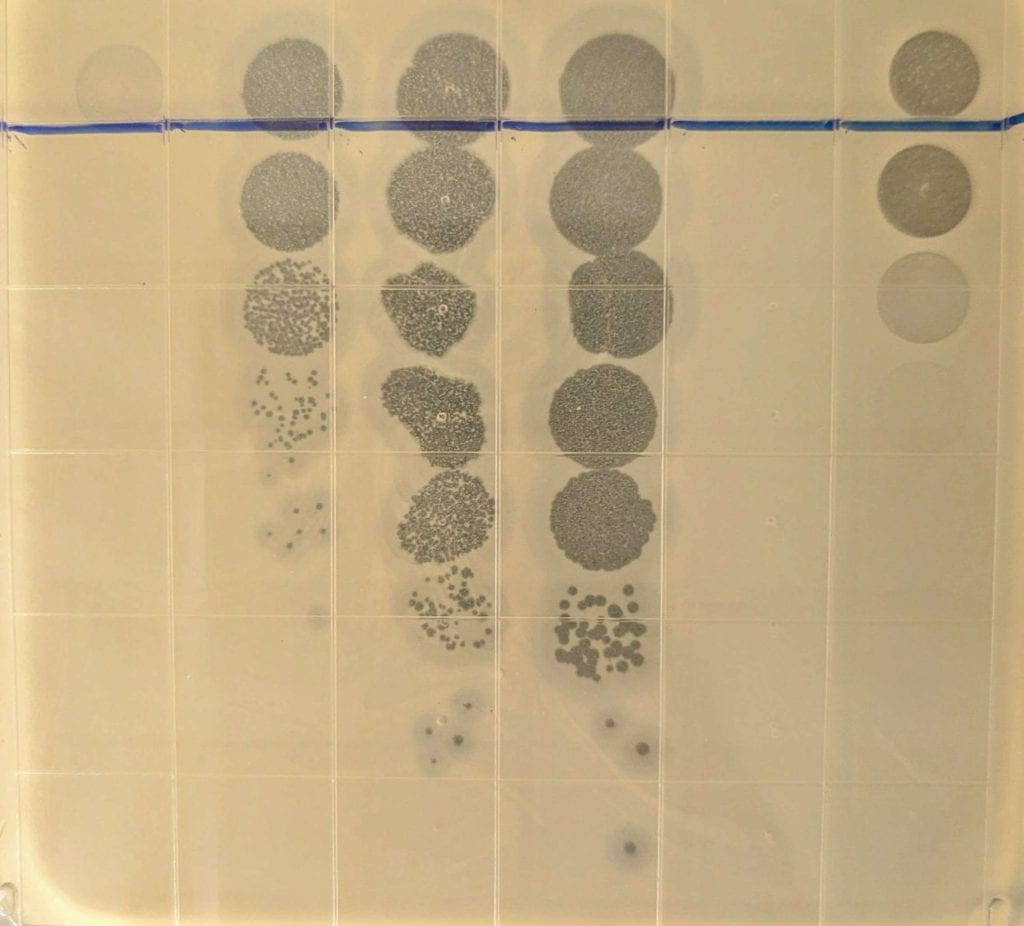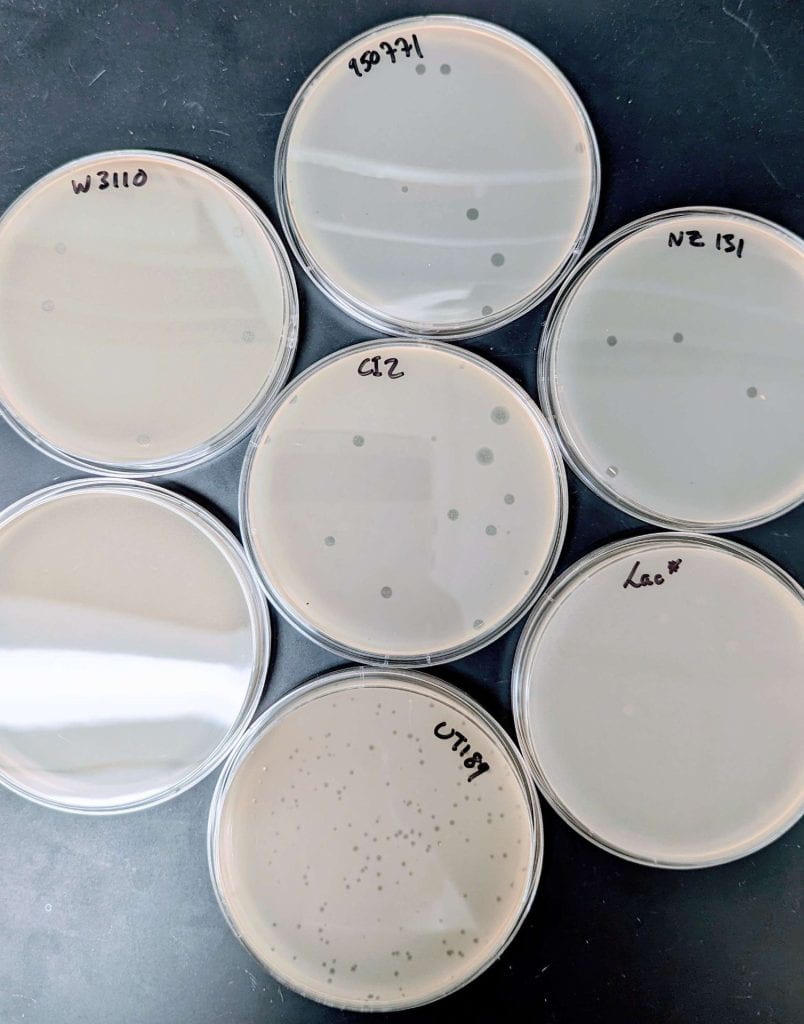CMDI labs’ publication are listed here.
CMDI labs study microbial interactions in diverse environmental and host systems, ranging from coral reefs to cystic fibrosis lung infections.
Microbial processes such as virulence or nutrient cycling can fluctuate dramatically over time in response to a shifting environment or evolutionary change. Recent advances in molecular imaging also reveal that microbial communities exhibit non-random spatial structuring and cell-to-cell variation in metabolism over distances of only a few microns. These complex patterns are largely driven by microbial social interactions, the vast majority of which are mediated by chemical cross-talk.
Contemporary microbial research therefore attempts to understand microbial processes as outcomes that emerge from a variable network of interactions. We use the term ‘microbial dynamics’ to describe this complexity. CMDI faculty seek to understand the chemical, physical, and biological connections that together underpin microbial dynamics.
Questions of microbial dynamics span diverse systems. In human pathogens, virulence and antibiotic resilience can vary depending on interactions with neighboring cells. On coral reefs, stressors such as seaweed overgrowth shift the balance of beneficial versus pathogenic bacteria in coral mucus, leading to a loss of protective antimicrobial activity. CMDI researchers target models of human disease but also complex microbial communities in a range of aquatic and terrestrial environments. This research is united by the beliefs that 1) studying across systems is essential for identifying organizing principles, and 2) fully understanding microbial ecology and evolution requires knowledge of social interactions over space and time.


“Phage clearings” in closeup and from a distance. These are formed by bacteriophage, viruses that kill bacteria. The plate is seeded with an evenly distributed “bacterial lawn” (layer of beige color), and the phage presence/concentration can be quantified by the clearings in the lawn. Photos by Ellinor Alseth.
